Smiles!
Let us help determine any orthodontic problems and all of your treatment options. We’ll even discuss next steps and what to expect from treatment.
Home » Common Dental Problems
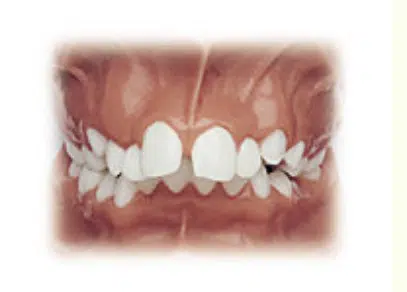
Class ll problems represent abnormal bite relationships in which the upper jaw and teeth project ahead of the lower jaw. This bite is technically called “overjet,” meaning the upper teeth “jet” out over the lower teeth. This is commonly called overbite by non-dentists. Class ll patients usually exhibit a convex facial profile with a deficient chin prominence. This can be caused by upper teeth that protrude too much, normal upper teeth and a short lower jaw, or both. A Class ll problem can be inherited like many other malocclusions. Other factors, such as persistent thumb sucking or pacifier habits past the age of three, can aggravate these problems. Correction of this malocclusion may require influencing jaw growth through the use of elastics and/or functional appliances, as well as addressing the protrusion of the upper teeth.
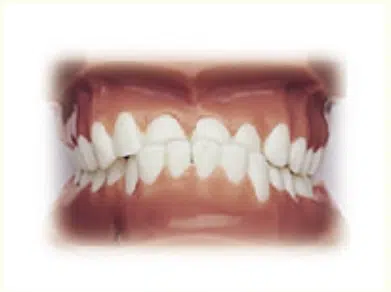
Class III malocclusions are also primarily genetic in origin. In this instance, the lower jaw and teeth are displaced to the front of the upper jaw structures. Facially, the appearance may give the impression that the lower jaw is excessively long, but in many cases the lack of upper jaw development is the source. As in a Class II malocclusion, the jaws may be normal with a tooth crossbite only, or both the jaws and the teeth may be involved.
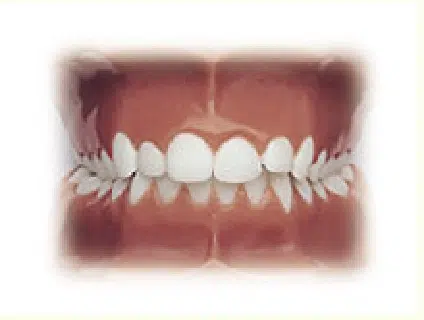
Crossbites can involve anywhere from two to all of the teeth, and can be localized to one area of the mouth or involve all areas. Posterior crossbites usually result from a constricted upper jaw or unusually wide lower jaw. A narrow upper jaw will often force a patient to move their lower jaw forward or to the side when closing to chew. When closed into this accommodated position, the lower teeth are located outside the upper teeth. This posturing may result in an incorrect functional position of the lower jaw with accompanying facial asymmetry. A crossbite of the front teeth can be caused by a short upper jaw, protrusive lower jaw, or the upper front teeth being behind the lower front teeth.
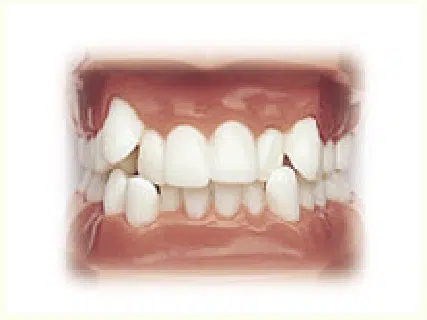
Crowding of the teeth is the most common problem associated with the need for orthodontic care. Although many factors contribute to dental crowding, this problem usually stems from a discrepancy between space available in each jaw and the size of the teeth. Aside from aesthetic considerations, poor alignment of teeth may be associated with periodontal problems and an increased risk of dental decay due to difficulty in maintaining proper oral hygiene.
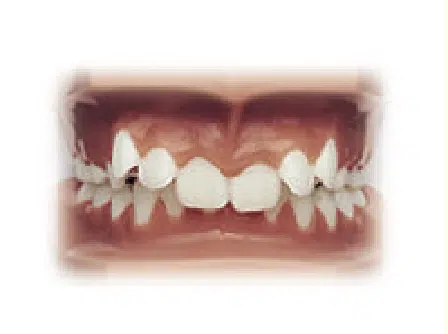
Excessive vertical overlapping of incisor teeth called “overbite” is generally found in association with a discrepancy between the length of the upper and lower jaws. It usually results in excessive eruption of either the upper or lower incisors or both. Associated problems include: l) excessive display of gum tissue, 2) lip protrusion or entrapment, 3) biting the roof of the mouth and 4) incisor wear.
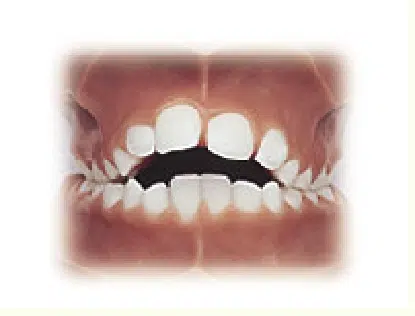
A lack of vertical overlap of the incisor teeth can usually be traced to jaw disharmony, persistent habits (i.e. thumb sucking habits and posturing of the tongue between the front teeth called a tongue thrust), or excessive vertical growth of one or both jaws. Early assessment and intervention with these disorders is critical to the overall success of treatment. An openbite in conjunction with a tongue thrust is one of the hardest orthodontic situations to treat. Treatment prior to adolescence is highly recommended.
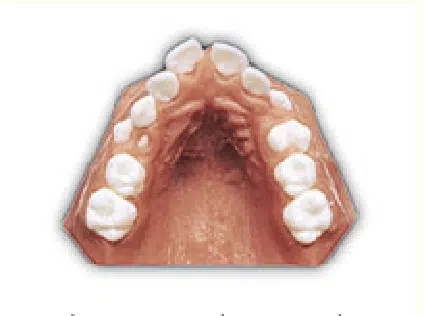
Spaces between teeth are another common problem associated with the need for orthodontic care. Like crowding, spacing may be related to a tooth-to-jaw size disharmony. Thick gum tissue attachments called “frenum” may contribute to spacing between the front teeth. Excessive vertical overlap of the front teeth as well as incisor protrusion may also lead to spacing. Other contributing factors include unusually narrow teeth, and missing or impacted teeth.
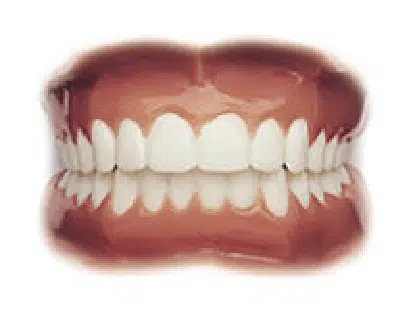
Treatment time obviously depends on each patient’s specific orthodontic problem. In general, treatment times range from 12 to 30 months. The average time frame a person is in braces is approximately 22 months.